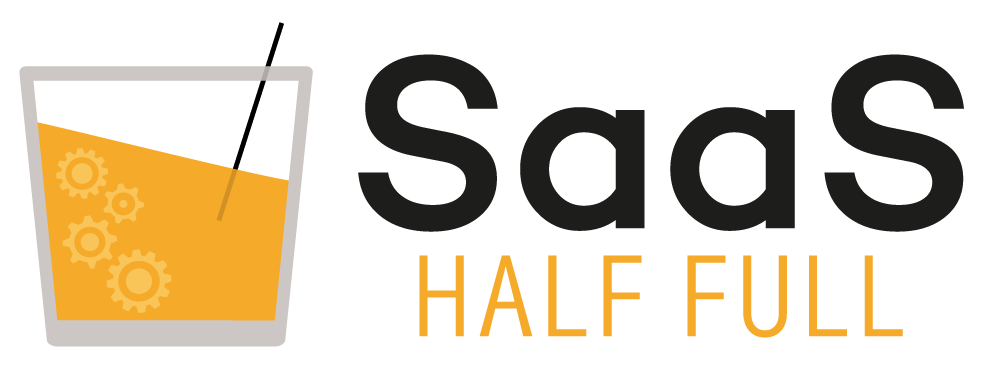In this episode of SaaS Half Full, Lindsey Groepper speaks to Nikki Boehm, VP of Marketing at Namely, about how virtual events can be used at every stage of the funnel, including bottom-of-the-funnel “closing” events.
Even the term “Zoom fatigue” is fatigued. Have SaaS marketers pivoted their virtual event strategies to still drive value? Nikki believes an organized, funnel-based approach to virtual events is the key to creating bottom-line impact. Listen to hear the common mistakes made in planning virtual events and how she builds events based on stages of the funnel, adjusting expectations and ROI for each type of event.
Defining the Purpose
The biggest mistake marketers make is treating all virtual events the same, letting an events calendar be the driver of planning. When determining a virtual-event strategy, Nikki advises first defining what stage of the funnel it will impact — top, middle, or (yes!) even bottom.
“You have to have that north star that is the guiding principle of it, and that should define what your messaging is going to be, how you’re going to promote it. And also what are going to be those KPIs that you’re going to use to measure success. And it’s going to vary depending on the goal for that event.”
Defining the purpose of the event allows marketers to set realistic expectations on the outcomes and who is responsible for those outcomes. For example, a top-of-the-funnel event is designed to drive many registrations and net-new emails, driven by the marketing team. In contrast, a bottom-of-the-funnel, “closing” event is measured not by the number of registrations, but the quality of the ready-to-close leads in attendance, invited by the sales team.
The Power of Promotion
Once the event schedule is set, Nikki sees many marketers fail to give enough time or tap enough resources for promotion, falling short of the registration goals.
For optimum success, Nikki says to begin event promotion at least one month before the event date, allowing enough time to collect data and pivot (the topic, the promo tactics, etc.) if needed. And, don’t let promotion fall only on the shoulders of the marketing team — customer success and sales should also play a role.
“For those top of funnel events, we think of it very much as like a full team sport. It’s not something that one person necessarily is responsible for. It touches multiple channels and marketing,” said Nikki. “Ultimately, we want everyone to think about the importance of promoting the brand, promoting these events and how ultimately that impacts our bottom line…everybody thinking about it as a team sport to drive registrations.”
Once the event is complete, what happens post-event is vital to wring out the maximum value. A nurture strategy should be set for each type of registrant based on where the event fell in the funnel. For example, a “new to the database” lead-nurture strategy is different from how you nurture a middle-of-the-funnel registrant who opted in for a product demo and is in the consideration phase.
For more of Nikki’s insights, listen to Episode 320 of SaaS Half Full.
